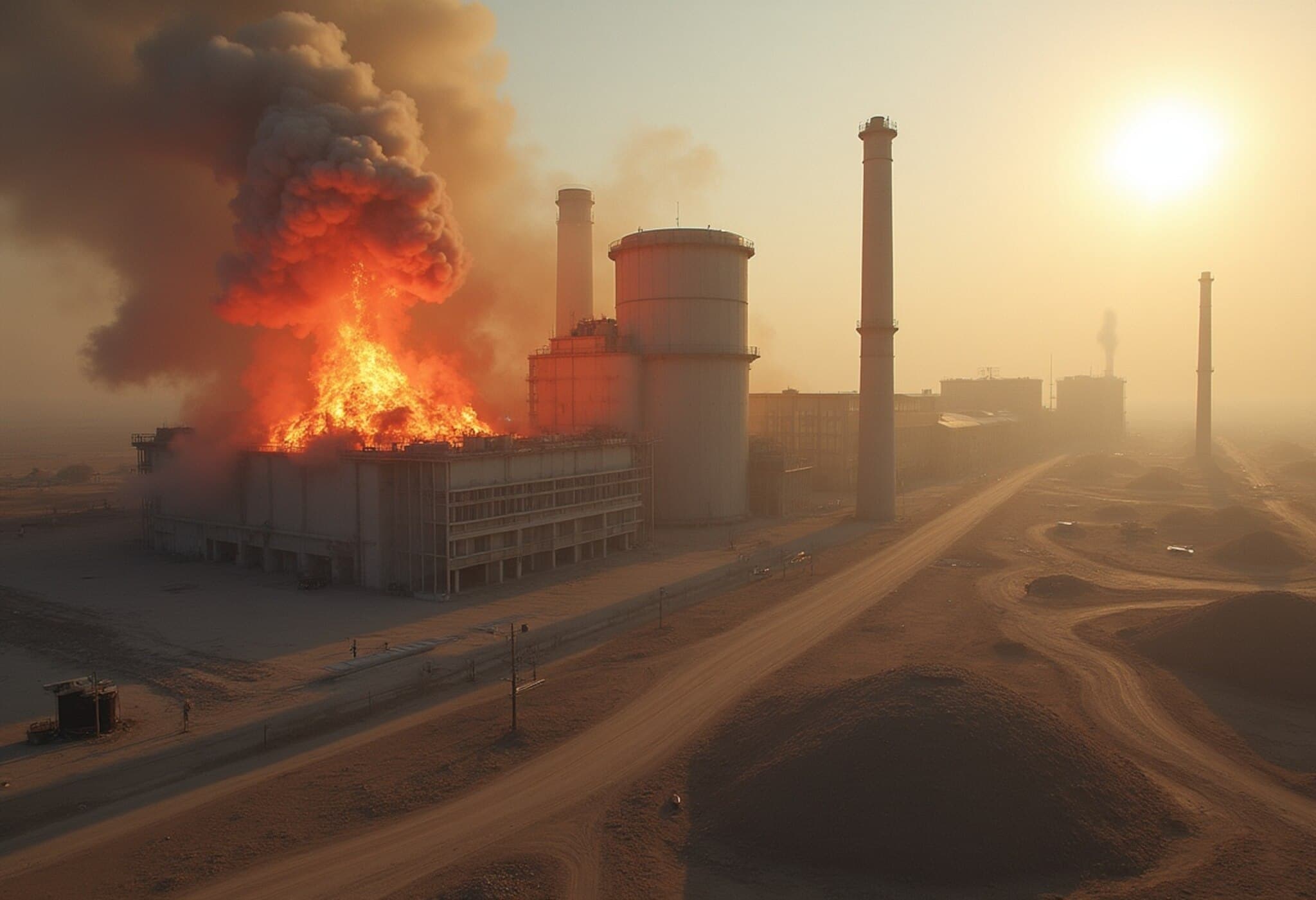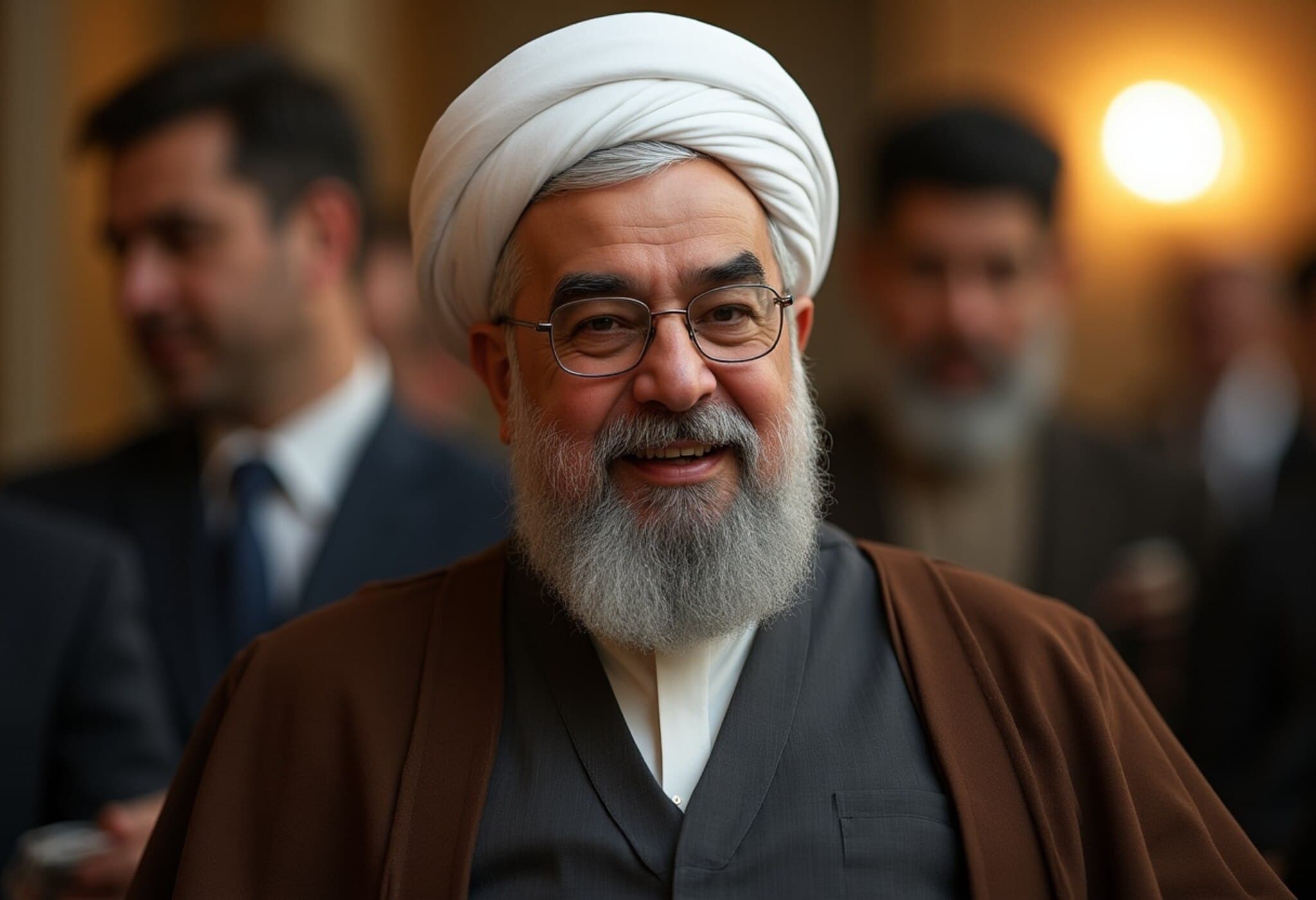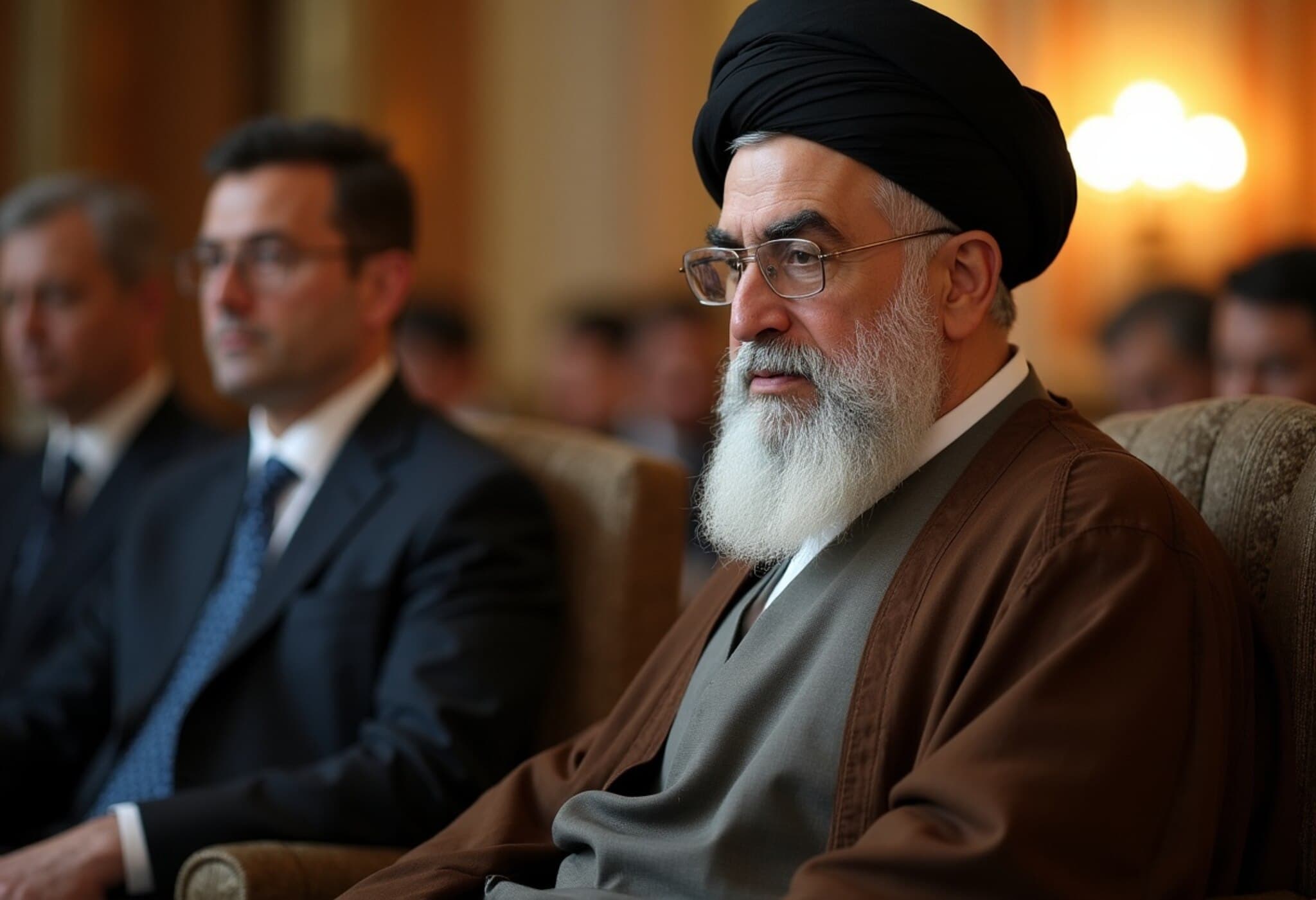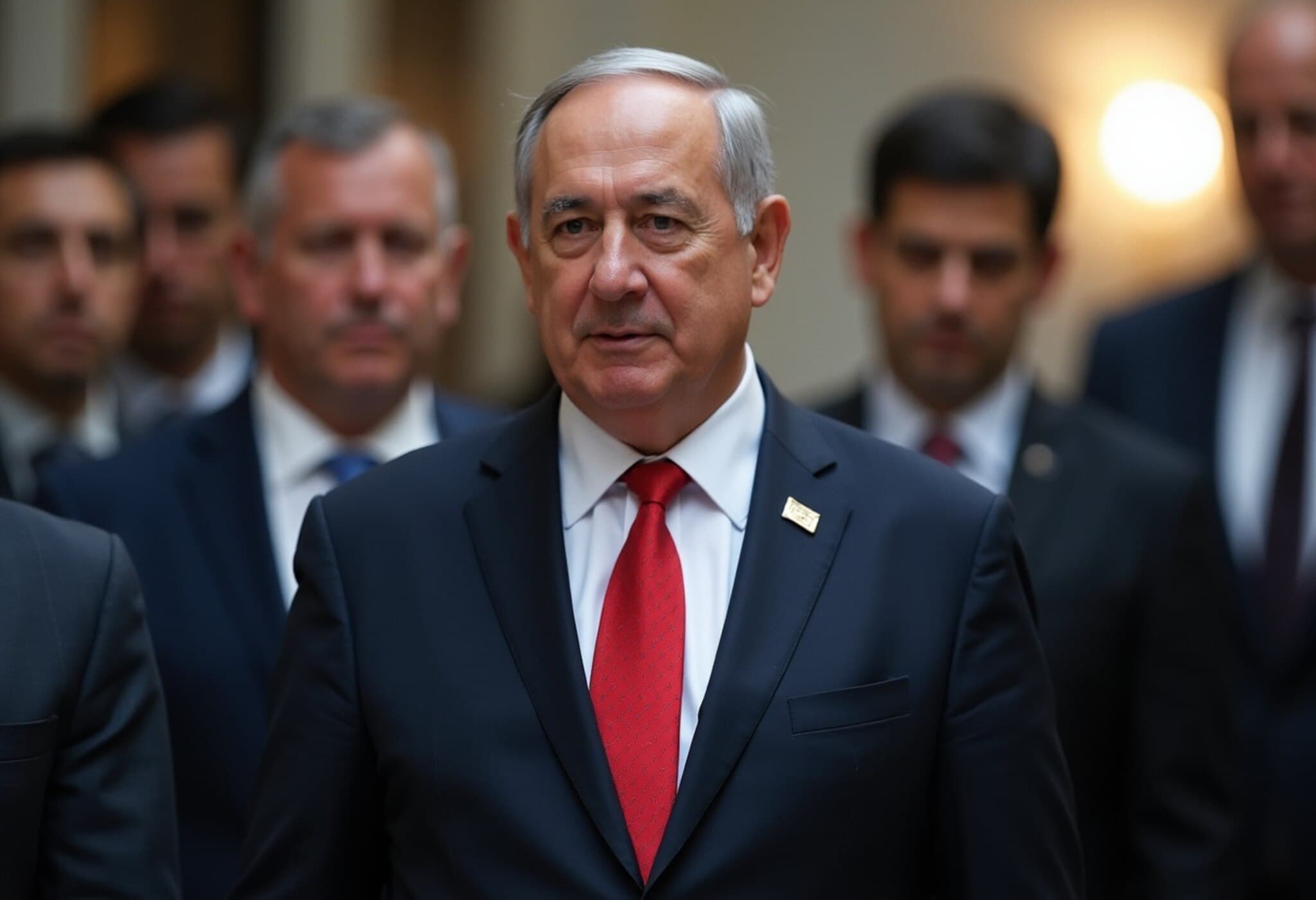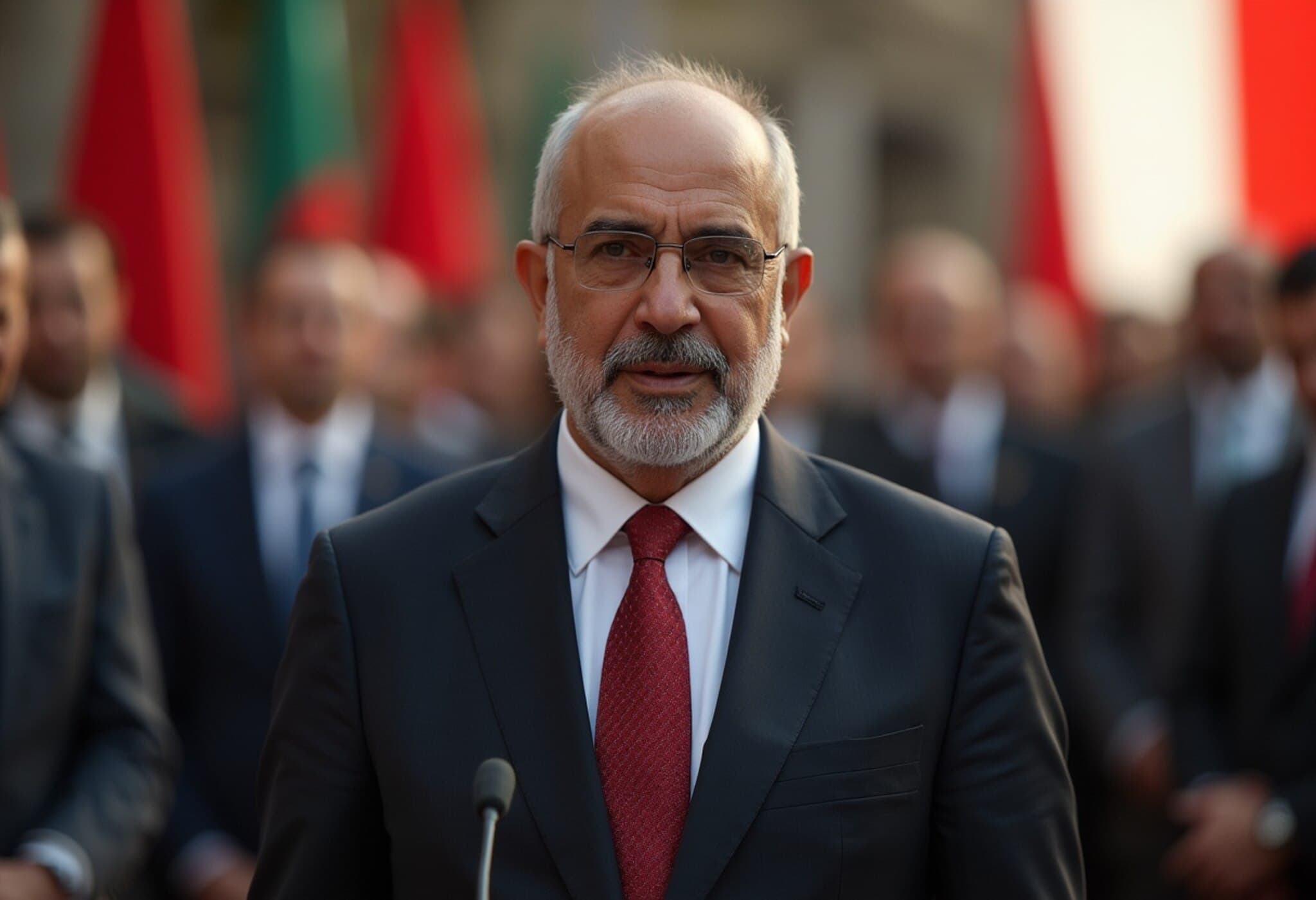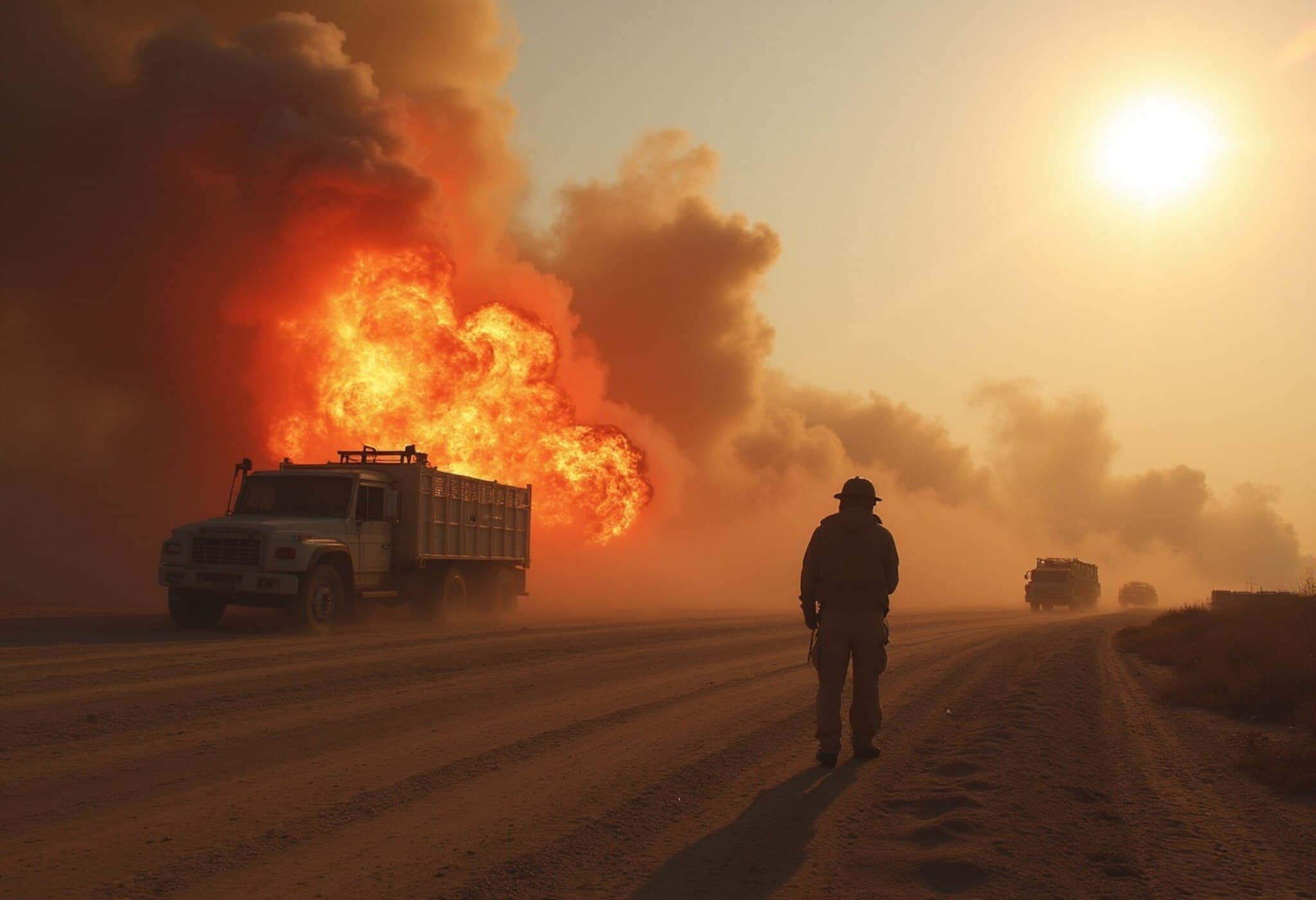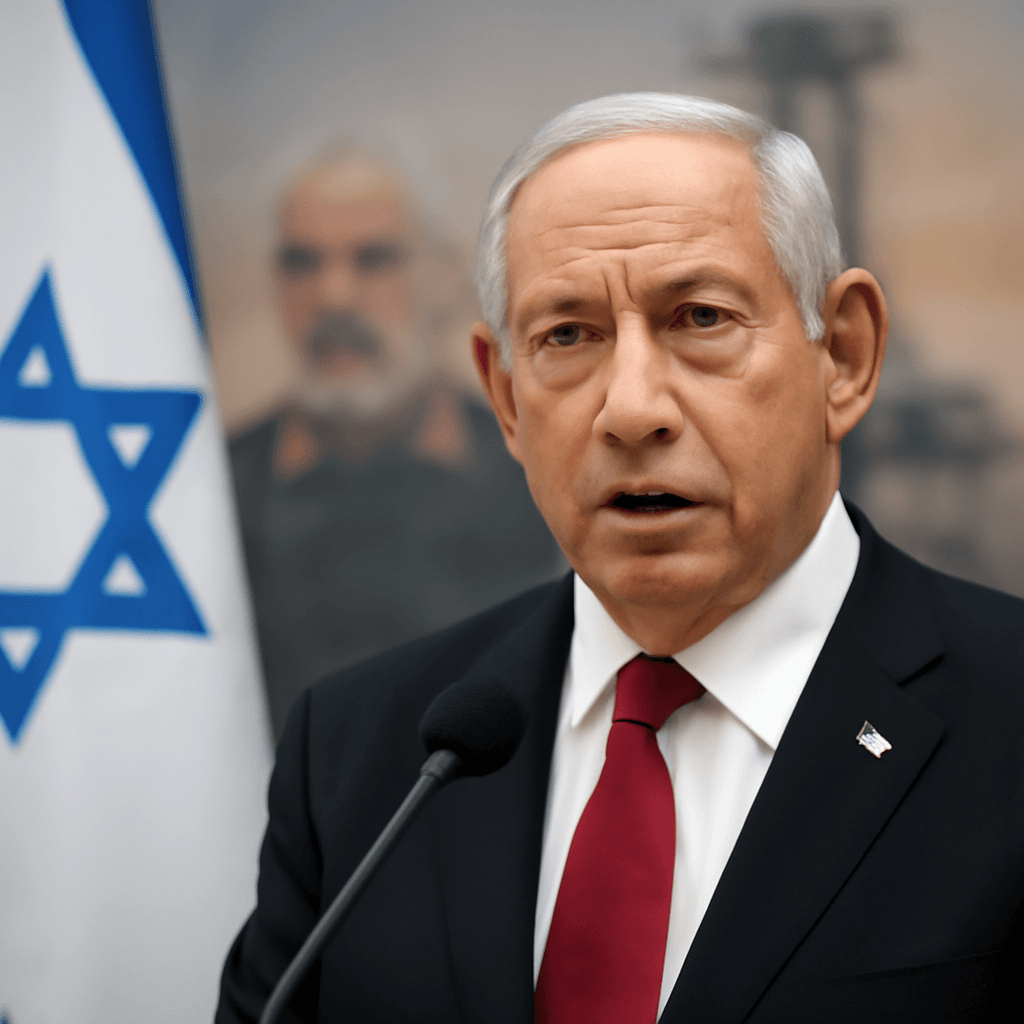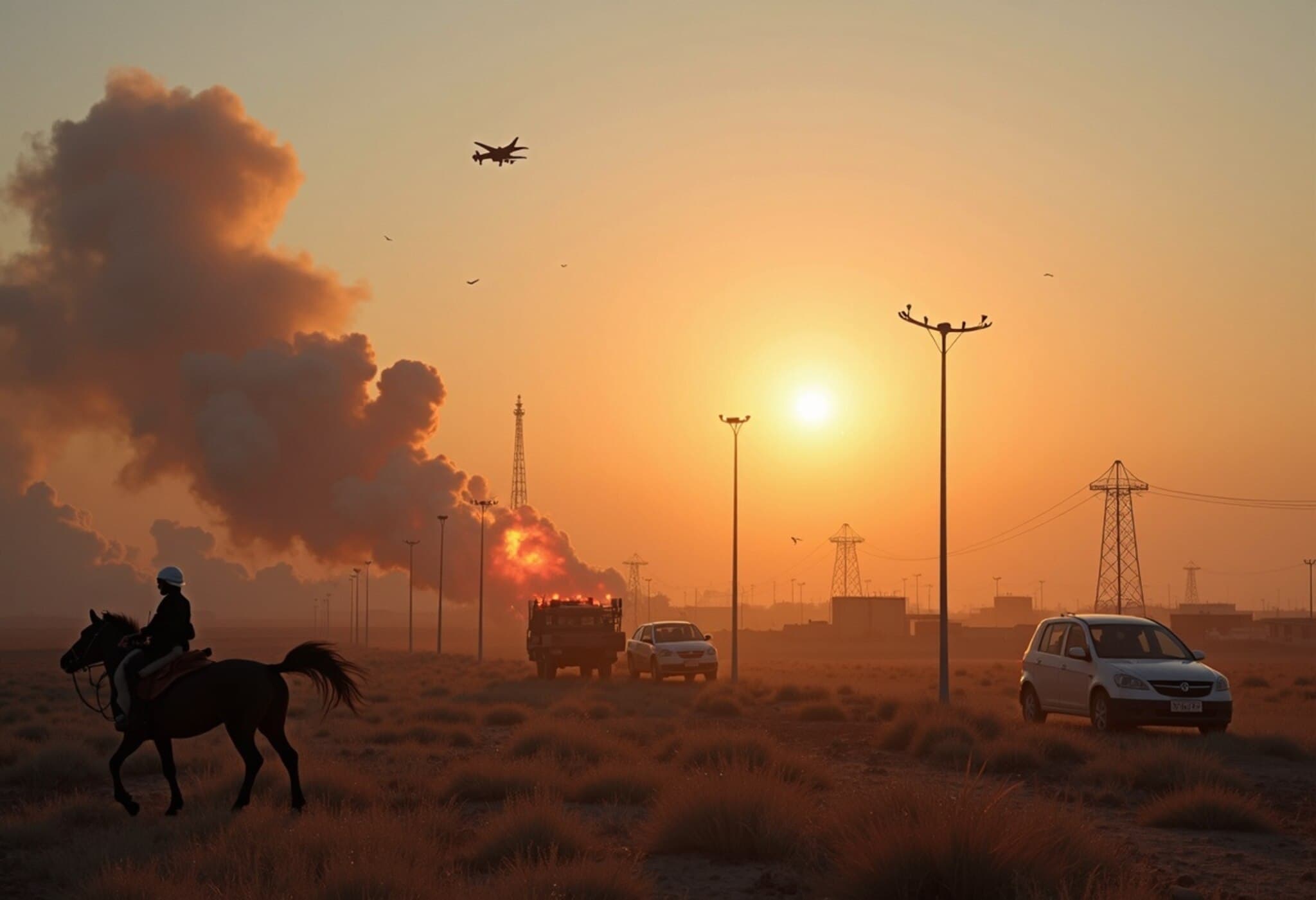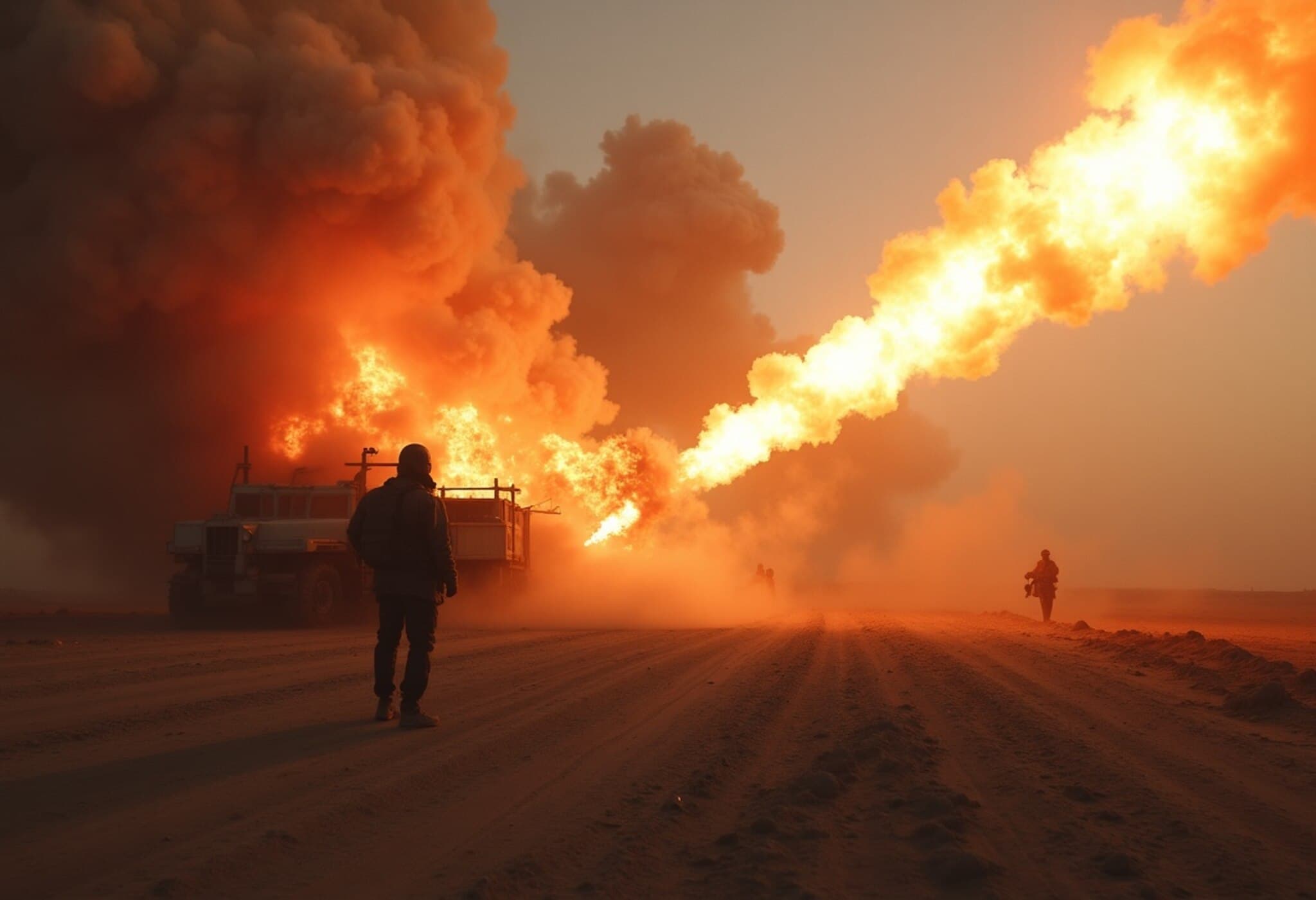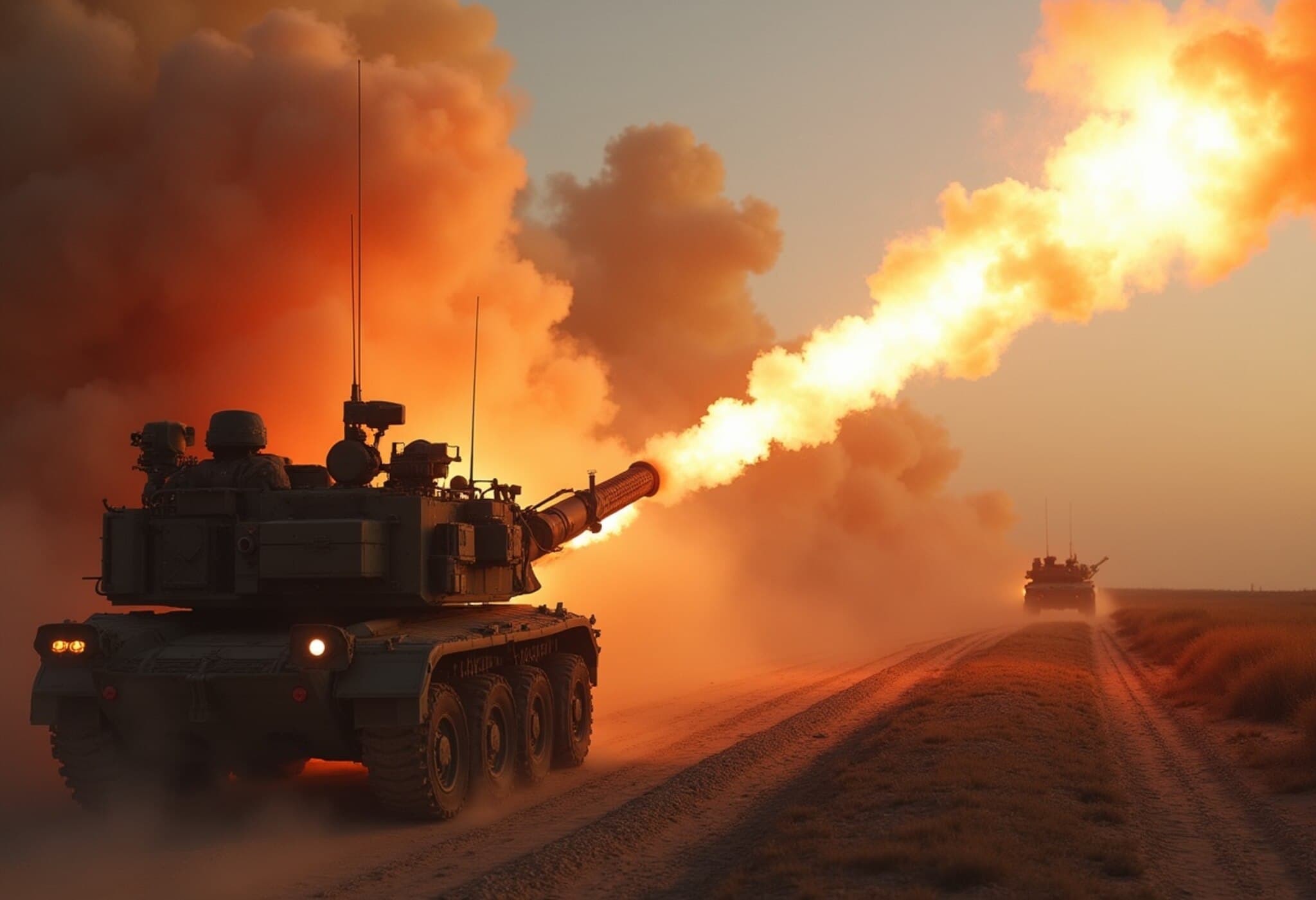IAEA Confirms Contamination Inside Natanz Nuclear Site Post Israeli Airstrike
The International Atomic Energy Agency (IAEA) has confirmed the presence of internal contamination at Iran’s Natanz nuclear facility following recent Israeli airstrikes. This revelation comes amid intensifying tensions between Iran and Israel, raising global concerns about nuclear safety and regional stability.
Details of the Damage at Natanz
IAEA Director General Rafael Mariano Grossi reported during a briefing at the United Nations Security Council that the airstrikes primarily targeted the above-ground portion of the Pilot Fuel Enrichment Plant within the Natanz site. This plant, involved in uranium enrichment of up to 60% U-235, suffered significant destruction.
Thankfully, there was no physical damage detected in the underground cascade hall that houses both part of the Pilot Fuel Enrichment Plant and the main Fuel Enrichment Plant. However, a power outage caused by the attack may have compromised centrifuge functionality in that underground section.
While the IAEA emphasized that radiation levels outside the facility remain stable and within normal limits, indicating no immediate public or environmental threat, inside the Natanz complex, there is confirmed radiological and chemical contamination. This contamination is mainly due to alpha particle radiation, which can be managed with proper protective measures.
Iran’s Response at the United Nations
In the wake of the attacks, Iran’s Permanent Representative to the United Nations, Amir Saeid Iravani, vocally condemned Israel’s actions. He described the strike as a “lawful and terrorist military aggression” carried out with full support from the United States government.
He further accused Israel of a targeted campaign that has resulted in the deaths of 78 Iranians and injuries to over 320 individuals, most of whom are civilians. Iravani highlighted the “reckless” nature of the attack on Iran’s safeguarded nuclear sites, warning of the potential for a radiological disaster that could extend beyond Iran’s borders.
According to Iran, such attacks violate the principles of the United Nations Charter and the International Atomic Energy Agency’s protocols under the Non-Proliferation Treaty, posing a direct threat to both regional and global peace.
Rising Tensions and Regional Implications
The exchange of strikes between Israel and Iran signals escalating hostilities that have already caused significant damage in both countries’ territories. The situation has raised alarm over the potential for a broader conflict in West Asia, attracting the attention of the international community.
Amidst this tense backdrop, monitoring the operational status and safety of nuclear sites like Natanz remains critical to preventing any unintended consequences that could destabilize the region further.

